A mobile information service for farmers that began as a test run in Vidarbha has caught on and taken root in 13 states.
At 8 am on a cloudy day in June, Sunita Bhajipale waits for a message on her cellphone — unusual for a female farmer in Jhilmili village of Vidarbha’s Gondia district. As her handset buzzes, Bhajipale checks the message. “Not a good time to start sowing yet,” she tells her husband.
The SMS is part of the day’s ‘weather advisory’ from Reuters Market Light (RML): 95 per cent chance of rains, 2 mm rain’. It might rain , but not enough to commence sowing. Four text messages a day at an annual subscription of Rs800, Bhajipale says, is worth it. “We get information about the weather, crops, commodity prices at different markets, and future projections.”
Until last year, the Bhajpales sold their bananas in Bhandara or Gondia at a price the traders quoted; now they show them the RML message if they quote less. “It helps us take decisions,” says Bhajipale. “Like, should we sell our produce today; or wait.”
From a couple of thousand subscribers who received it free during the test-run in 2007, RML today reaches 250,000 peasants in 13 states. This pioneering service has set off similar initiatives, such as IKSL in Punjab, run by the Indian Farmers Fertilisers Co-operative Ltd (IFFCO) in partnership with Bharti Airtel, which requires farmers to purchase a special SIM card to receive free voice-mails containing agricultural information.
The MS Swaminathan Research Foundation (MSSRF), a Chennai-based non-governmental organisation, is piloting a mobile-information services programme for fishermen in partnership with Qualcomm and Tata Teleservices. Named Fisher Friend, it provides free mobile handsets to fishermen along with free access to the information service. ITC also operates several models of a rural internet kiosk programme, the “e-choupal”.
Saved by SMS
A study by ICRIER last year found evidence that mobile phones are being used by farmers in ways which contribute to productivity and profits. Take for instance, Ravindra Lindal, a marginal farmer in Beed’s Rohtalgaon village. “One SMS suggested that soyabean prices would drop in a week, and I decided to sell my produce immediately,” he said. “Prices did drop in the first week of January this year. I was saved.”
The key is to provide specific information, says Sumil Tambe, RML editorial head. “Our analysis showed that soyabean prices would collapse because of the bumper crop in Agrentina and South Africa. Now farmers growing soyabeans in Vidarbha want to know the procurement prices at soya oil extraction plants. This information gives them an idea of whether the market is going up or down.”
“We give them information and leave the decisions to them,” adds RML vice-president Ranjit Pawar. India was a natural choice to introduce the service. Mobile telephony was booming and the economy was expanding rapidly. Plus, India had 150 million farming households, the largest in the world. Vidarbha was chosen as a test field, before it was scaled up in 13 other states.
Eyes and ears
It’s 2.30 pm, and a motley group of traders begin the auction of local and hybrid gram in Nagpur’s sprawling 125-acre Kalamna market campus. Standing attentively in one corner, Sarang Pimpale, 24, jots down the price at which the buyer closes his deal. “Rs2,160,” he notes, and moves on to the next auction site. At 4 pm, after three different auctions of gram and soyabean in a typical off-season when the arrivals are sluggish, he texts a report on his cellphone.
The first year BA student is a farmer’s son, and an RML market correspondent. “He’s our eyes and ears at the local mandi,” says Shrinivas Pande, chief market reporter. Every day, between 11 am and 5 pm, Sarang notes the prices at this market of 20 different commodities — from fruits and vegetables to grains. Now there are 300 market correspondents employed in 13 states.
The content spread covers 250 crops, 1000 markets and 3000 weather locations. Global market information is sourced from market reports and analysed by experts. Granular information is collected by market reporters. “I see a qualitative change in farming,” says Gondia sub-divisional agriculture officer Rajratan Kumbhare. Sarjerao Sahebrao Kharwade, a five-acre rain-fed farmer, is a rising star in Beed’s Gevrai tehsil. He was one of the first to sign up for the RML service and has become a one-stop guide for villagers in their non-descript village.
![submenu-img]() Meet IIT-JEE topper with AIR 1, son of government school teachers, he went on to pursue...
Meet IIT-JEE topper with AIR 1, son of government school teachers, he went on to pursue...![submenu-img]() Salman Khan house firing case: One more Lawrence Bishnoi gang member arrested by Mumbai Police
Salman Khan house firing case: One more Lawrence Bishnoi gang member arrested by Mumbai Police ![submenu-img]() Mukesh Ambani to host Anant-Radhika's second pre-wedding function: Trip to start from Italy with 800 guests and end in..
Mukesh Ambani to host Anant-Radhika's second pre-wedding function: Trip to start from Italy with 800 guests and end in..![submenu-img]() Driver caught on camera running over female toll plaza staff on Delhi-Meerut expressway, watch video
Driver caught on camera running over female toll plaza staff on Delhi-Meerut expressway, watch video![submenu-img]() 'If you come and do something here...': EAM S Jaishankar on India's 'message' against terrorism
'If you come and do something here...': EAM S Jaishankar on India's 'message' against terrorism![submenu-img]() Meet IIT-JEE topper with AIR 1, son of government school teachers, he went on to pursue...
Meet IIT-JEE topper with AIR 1, son of government school teachers, he went on to pursue...![submenu-img]() TN 11th Result 2024: TNDGE Tamil Nadu HSE (+1) result declared, direct link here
TN 11th Result 2024: TNDGE Tamil Nadu HSE (+1) result declared, direct link here![submenu-img]() Meet doctor who cracked UPSC exam with AIR 9 but didn’t became IAS due to…
Meet doctor who cracked UPSC exam with AIR 9 but didn’t became IAS due to…![submenu-img]() TN 11th Result 2024 to be declared today; know how to check
TN 11th Result 2024 to be declared today; know how to check![submenu-img]() Meet man who worked as coolie, studied from railway's WiFi, then cracked UPSC exam to become IAS, secured AIR...
Meet man who worked as coolie, studied from railway's WiFi, then cracked UPSC exam to become IAS, secured AIR...![submenu-img]() DNA Verified: Is CAA an anti-Muslim law? Centre terms news report as 'misleading'
DNA Verified: Is CAA an anti-Muslim law? Centre terms news report as 'misleading'![submenu-img]() DNA Verified: Lok Sabha Elections 2024 to be held on April 19? Know truth behind viral message
DNA Verified: Lok Sabha Elections 2024 to be held on April 19? Know truth behind viral message![submenu-img]() DNA Verified: Modi govt giving students free laptops under 'One Student One Laptop' scheme? Know truth here
DNA Verified: Modi govt giving students free laptops under 'One Student One Laptop' scheme? Know truth here![submenu-img]() DNA Verified: Shah Rukh Khan denies reports of his role in release of India's naval officers from Qatar
DNA Verified: Shah Rukh Khan denies reports of his role in release of India's naval officers from Qatar![submenu-img]() DNA Verified: Is govt providing Rs 1.6 lakh benefit to girls under PM Ladli Laxmi Yojana? Know truth
DNA Verified: Is govt providing Rs 1.6 lakh benefit to girls under PM Ladli Laxmi Yojana? Know truth![submenu-img]() Remember Harsh Lunia? Just Mohabbat child star, here's how former actor looks now, his wife is Bollywood's popular...
Remember Harsh Lunia? Just Mohabbat child star, here's how former actor looks now, his wife is Bollywood's popular...![submenu-img]() Mother's Day 2024: Bollywood supermoms who balance motherhood, acting, and run multi-crore businesses
Mother's Day 2024: Bollywood supermoms who balance motherhood, acting, and run multi-crore businesses![submenu-img]() Rocky Aur Rani's Golu aka Anjali Anand shocks fans with drastic weight loss without gym, says fitness secret is...
Rocky Aur Rani's Golu aka Anjali Anand shocks fans with drastic weight loss without gym, says fitness secret is...![submenu-img]() In pics: Ram Charan gets mobbed by fans during his visit to Pithapuram for ‘indirect campaign’ for uncle Pawan Kalyan
In pics: Ram Charan gets mobbed by fans during his visit to Pithapuram for ‘indirect campaign’ for uncle Pawan Kalyan![submenu-img]() Streaming This Week: Yodha, Aavesham, Murder In Mahim, Undekhi season 3, latest OTT releases to binge-watch
Streaming This Week: Yodha, Aavesham, Murder In Mahim, Undekhi season 3, latest OTT releases to binge-watch![submenu-img]() Haryana Political Crisis: Will 3 independent MLAs support withdrawal impact the present Nayab Saini led-BJP government?
Haryana Political Crisis: Will 3 independent MLAs support withdrawal impact the present Nayab Saini led-BJP government?![submenu-img]() DNA Explainer: Why Harvey Weinstein's rape conviction was overturned, will beleaguered Hollywood mogul get out of jail?
DNA Explainer: Why Harvey Weinstein's rape conviction was overturned, will beleaguered Hollywood mogul get out of jail?![submenu-img]() What is inheritance tax?
What is inheritance tax?![submenu-img]() DNA Explainer: What is cloud seeding which is blamed for wreaking havoc in Dubai?
DNA Explainer: What is cloud seeding which is blamed for wreaking havoc in Dubai?![submenu-img]() DNA Explainer: What is Israel's Arrow-3 defence system used to intercept Iran's missile attack?
DNA Explainer: What is Israel's Arrow-3 defence system used to intercept Iran's missile attack?![submenu-img]() Salman Khan house firing case: One more Lawrence Bishnoi gang member arrested by Mumbai Police
Salman Khan house firing case: One more Lawrence Bishnoi gang member arrested by Mumbai Police ![submenu-img]() Meet actress, who got rejected for her looks, had no hit for 15 years; later beat Alia, Deepika, Katrina at box office
Meet actress, who got rejected for her looks, had no hit for 15 years; later beat Alia, Deepika, Katrina at box office![submenu-img]() Abdu Rozik breaks silence on his wedding announcement being called ‘publicity stunt’: ‘The whole world is…’
Abdu Rozik breaks silence on his wedding announcement being called ‘publicity stunt’: ‘The whole world is…’![submenu-img]() Meet actress who made debut with Salman Khan, had super flop career, then got TB, now lives in chawl, runs..
Meet actress who made debut with Salman Khan, had super flop career, then got TB, now lives in chawl, runs..![submenu-img]() Meet actress who worked with Naseeruddin Shah, sister of popular models, is now getting trolled on social media for..
Meet actress who worked with Naseeruddin Shah, sister of popular models, is now getting trolled on social media for..![submenu-img]() Driver caught on camera running over female toll plaza staff on Delhi-Meerut expressway, watch video
Driver caught on camera running over female toll plaza staff on Delhi-Meerut expressway, watch video![submenu-img]() Delhi man takes 200 flights in 110 days, steals lakhs worth of jewelry from passengers
Delhi man takes 200 flights in 110 days, steals lakhs worth of jewelry from passengers![submenu-img]() Viral video: Man makes paratha with 'diesel', internet reacts
Viral video: Man makes paratha with 'diesel', internet reacts![submenu-img]() Viral video of 'black jalebi' leaves internet in shock; netizens say 'hey bhagwan...'
Viral video of 'black jalebi' leaves internet in shock; netizens say 'hey bhagwan...'![submenu-img]() Real-life Bambi and Thumper? Adorable deer and rabbit video melts hearts online
Real-life Bambi and Thumper? Adorable deer and rabbit video melts hearts online




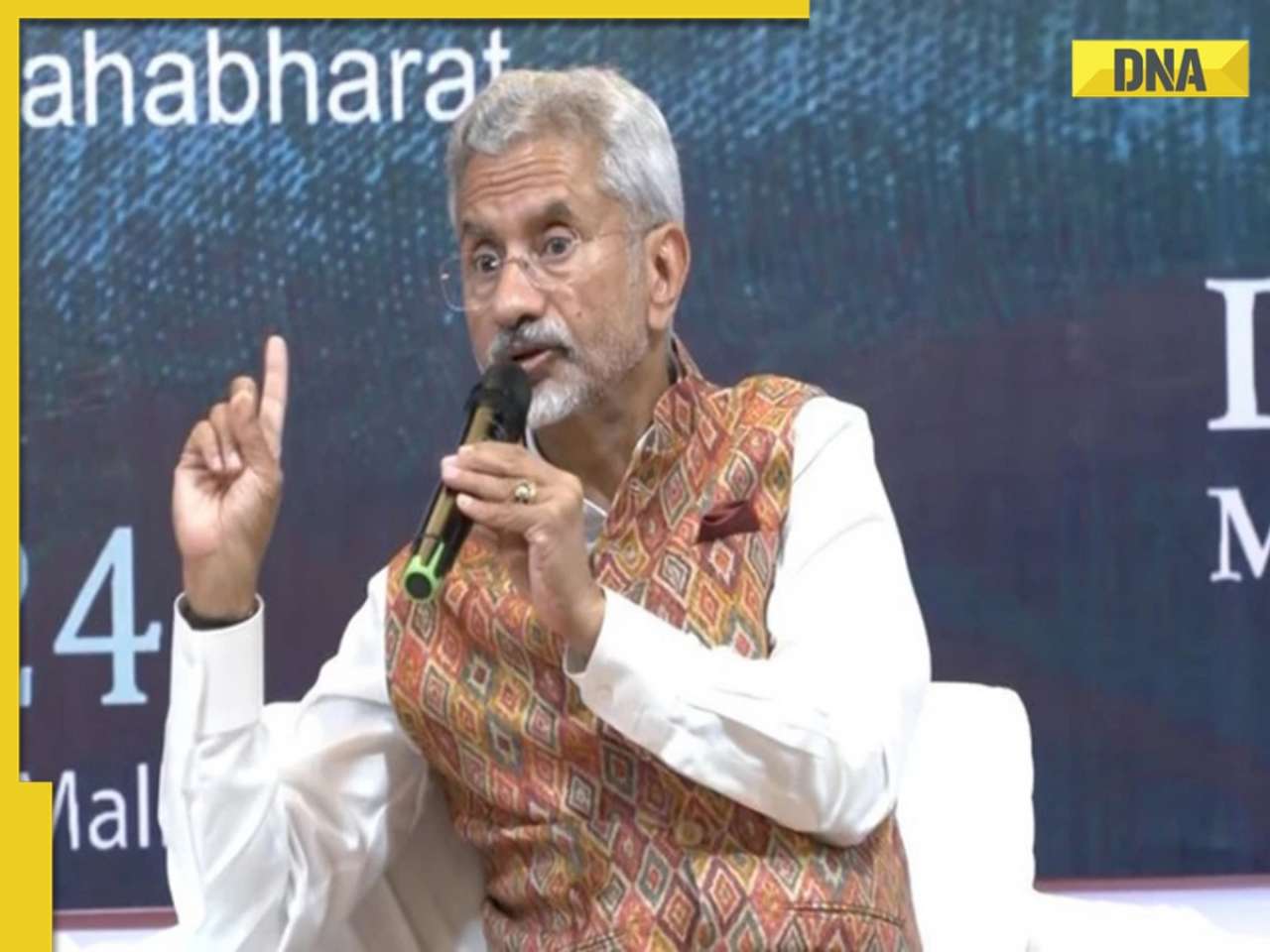




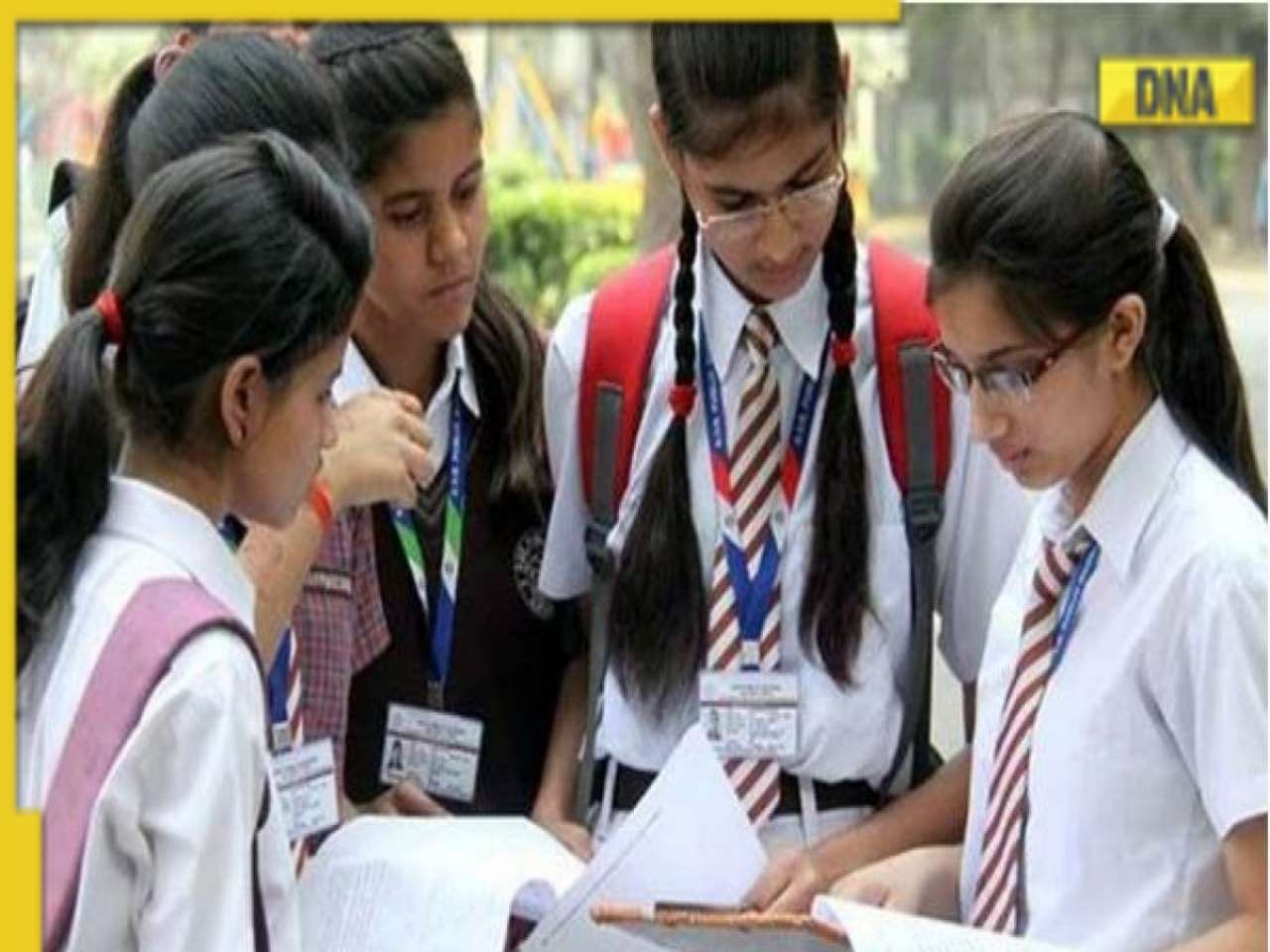
























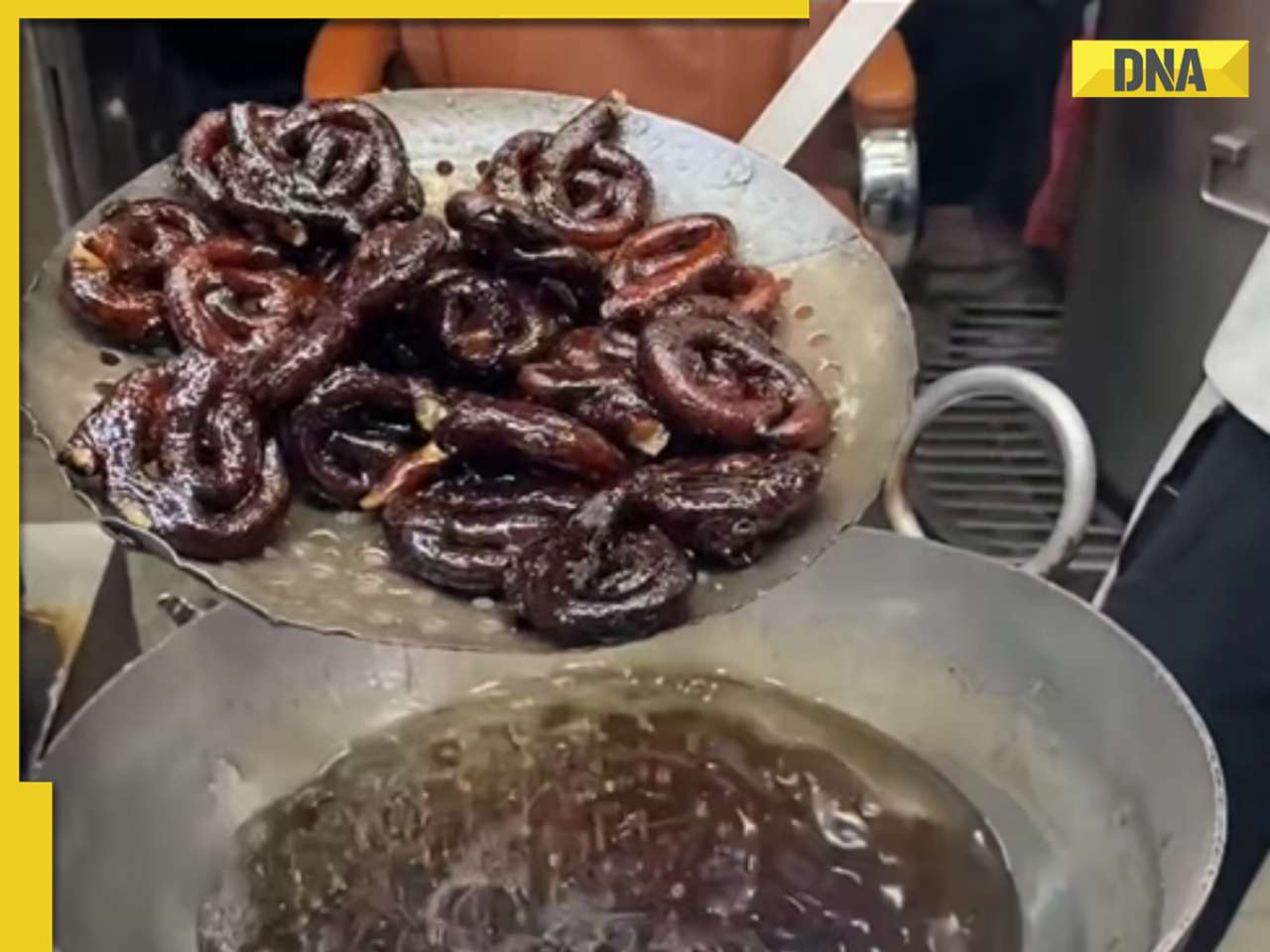
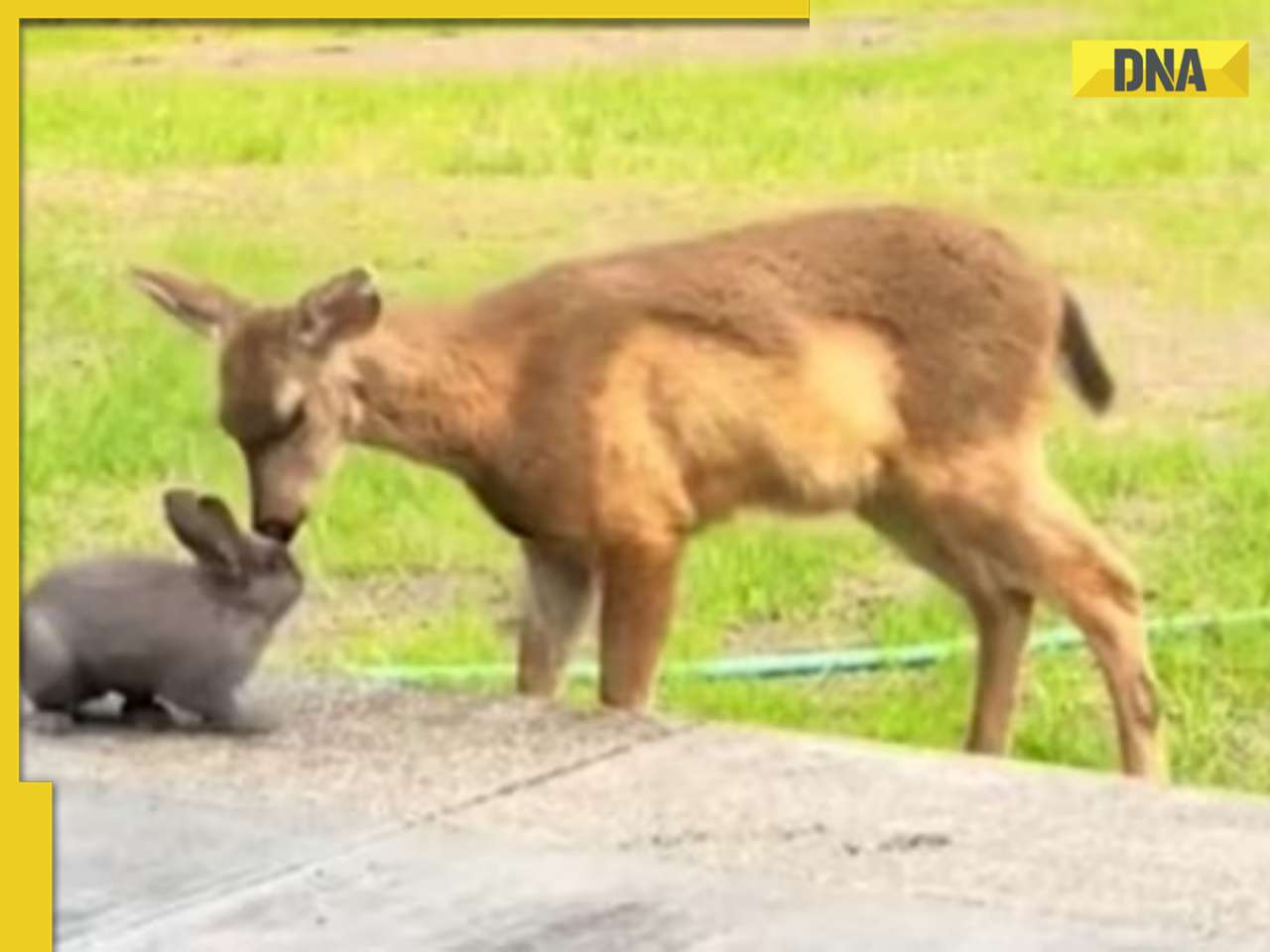







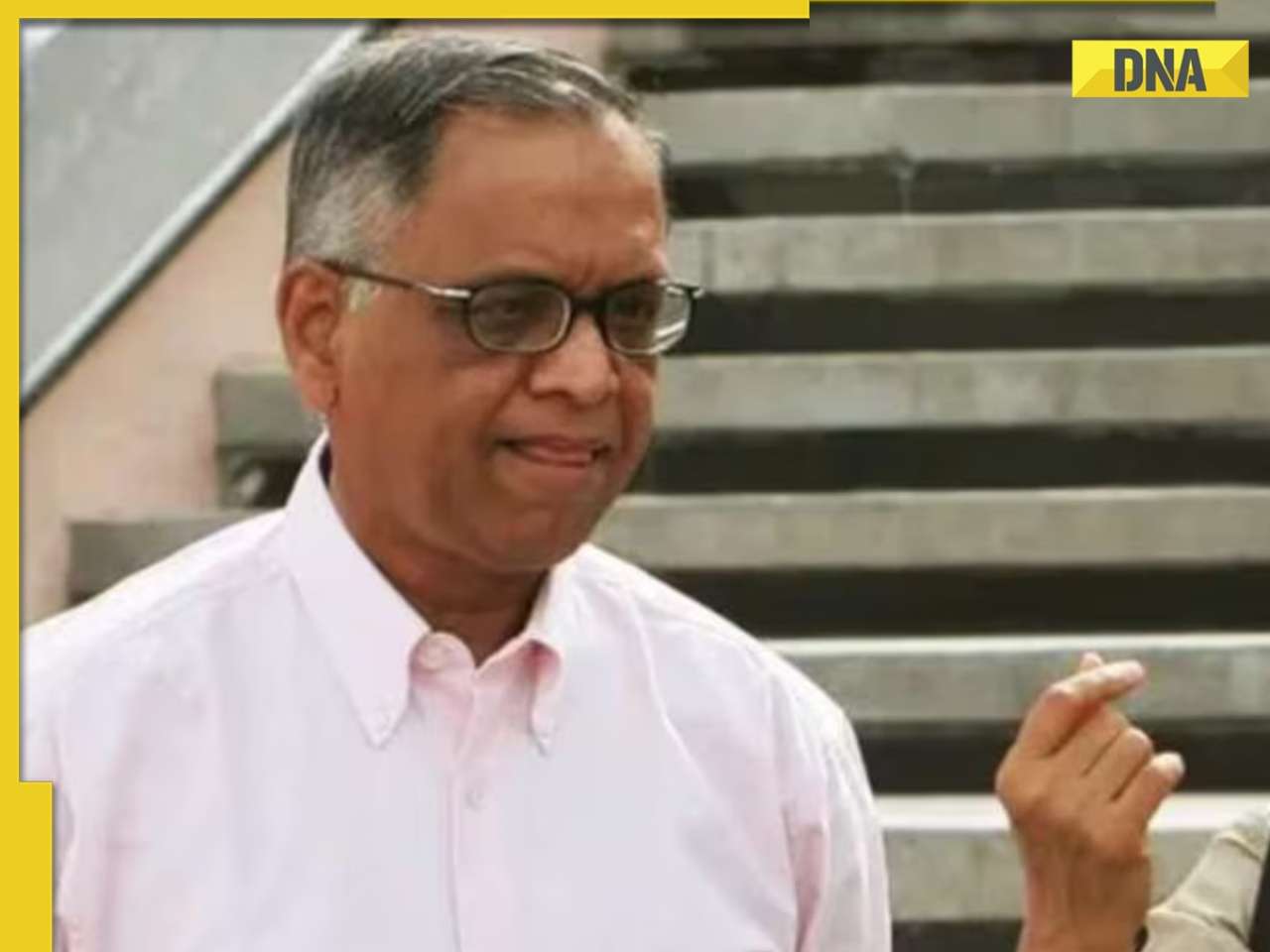










)
)
)
)
)
)